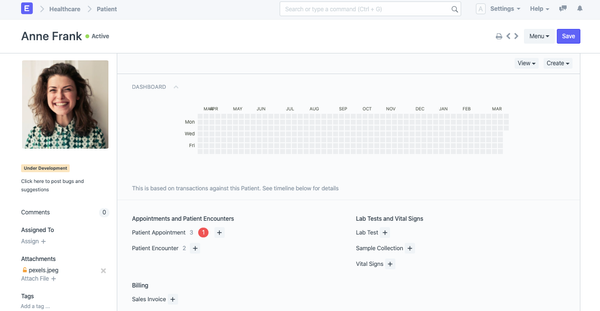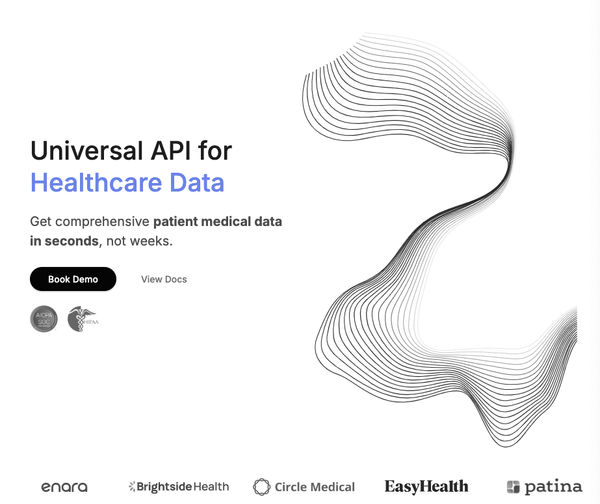Testing Medical Software Before Launch for Load and Stress
Load Testing
Load testing is defined as a performance testing that gauges the overall performance of a system product or software application simulation. This simulation normally occurs when a development project is almost complete. With the purpose of load testing, the system or application is checked on how it reacts during normal and high loads. The purpose of a load test is to test how the system functions under different levels of concurrent requests. This test is planned and performed to a specified quantity of system requests with the aim of determining its functionality. This test is under to determine how the system performs while undergoing concurrent requests. The goal is to prove whether or not the system is capable of handling the expected volumes within acceptable degradation performance. This threshold is set as an acceptable and considerable value set by the testers to the end-user, so as to avoid the users from bouncing the site.
Load testing is performed when a development project is almost complete, with the aim of checking how an application reacts during normal and high loads.
Stress Testing
Stress testing is defined as the type of testing performed on software so as to verify the software’s stability and reliability. The purpose of this testing is to determine the functionality of the system’s error handling capacity and its robustness under extremely heavy load conditions. This is a non-functional testing method that checks all hypothetical scenarios.
When a system passes a degraded performance point, the number of concurrent requests on the system needs to increase. The stress test is designed to perform the viability of this increase. A system is pushed to a state of potential failure when the load test peaks out in regards to the number of concurrent users, while the stress test is continuously increasing to load the system. This may result in a resource overload while continuously pushing the system to a point of failure. The stress test then sees how to handle this while determining the system performance.
Stress testing enables the testing tool to test the system while in the state of failures, checks whether the data is saved on the system before it crashes and checks whether or not the system security has been harmed by any unprecedented or expected failures.
When the Load or Stress Testing Should be Performed:
- To gauge how many multiple users the software can handle.
- Ability to focus on different parts of the system while checking the different scenarios
- Determine how the software loads and can be sustained in the system.
- To test the capacity of the system’s ability to endure unexpected high volumes of usage, response time and resources required to deal with bottlenecks.
- To establish Service Level Agreements (SLAs)
- To establish components of capacity planning
- To maintain the Web App infrastructure
Conclusion:
- Load testing is the simulation of how an application or website loads in the real-world.
- Stress testing checks whether or not the system is stable and robust.
- Load testing is performed for the server or client or web-based applications.
- Stress testing is performed on websites to test unexpected traffic.







